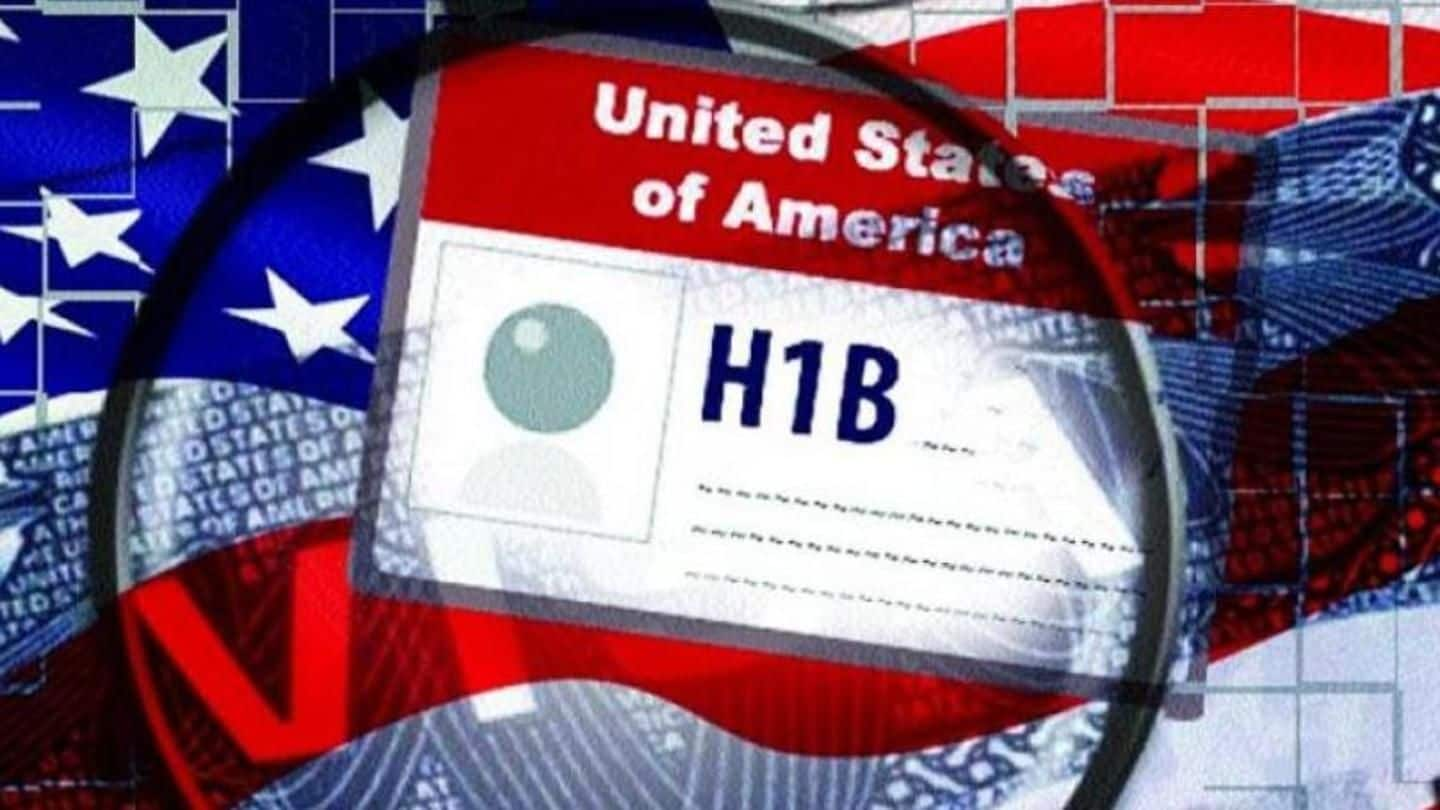
Indians got 74.2% H-1B visas in 2017, China at 9%
What's the story
Recent trends in US' H-1B visas reveal India still remains their largest subscriber: in 2016, Indians made up 74.2% of the total visas issued, which increased to 75.6% in 2017. China, at slightly more than 9%, came a distant second. Strikingly, there has been a drop in the number of new beneficiaries from India, but an increase in old ones.
Types
Initial employment visas vs continuing employment visas
According to the USCIS, Indian beneficiaries approved for initial employment decreased by 4.1%, while beneficiaries approved for continuing employment increased by 12.5%. Some initial employment applications are exempt from annual caps, like those submitted by non-profit research organizations or governmental research organizations. Continuing employment includes extension, sequential employment and concurrent employment for those already in the US.
Data
Initial and continuing beneficiaries in numbers
The number of initial H-1B visas issued to Indians dropped from 70,737 in 2016 to 67,815 in 2017. But during the same period, continuing beneficiaries went up from 185,489 to 208,608. Overall, 256,226 Indians got H-1B visas in 2016, up to 276,423 in 2017.
Demographics
Occupation, salaries and educational qualification of beneficiaries
The USCIS also revealed details about the demographics of 2017 beneficiaries. Bachelor-degree holders accounted for 45.2% visas, master-degree holders 44.5%, doctorate holders 6.8%, and professional degree holders 3.3%. Those in computer-related jobs got 69.8% visas, an increase of 6.6% from 2016. There was an increase of 3.4% in beneficiaries in all other occupations. Median salaries also increased from $82,000 in 2016 to $85,000 in 2017.
Employers
On the other side: The top employers of H-1B beneficiaries
The top five firms which got H-1B visas in 2017 were Cognizant, Infosys, TCS, Accenture and Wipro. The top 20 firms out of 4,000 applicants received 37% of the total visas. US President Donald Trump has objected to companies using the program to hire entry-level workers from outside at cheaper rates, instead of bringing in top foreign talent.